Trusted insights, faster decisions, stronger growth.
Go beyond dashboards. Kubit’s agentic analysts work natively with your data warehouse, investigate anomalies, explain why metrics change, and recommend actions to grow engagement, retention, and revenue.
Built for faster answers, clearer stories, and smarter actions
Faster Answers

Autonomous Insights and Actions
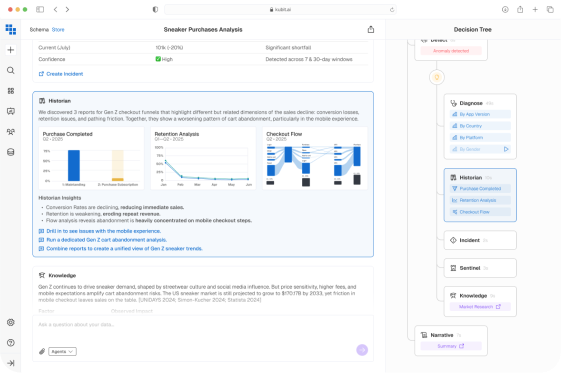

Autonomous Insights and Actions

Complete Control
Governed Autonomy

Core Capabilities
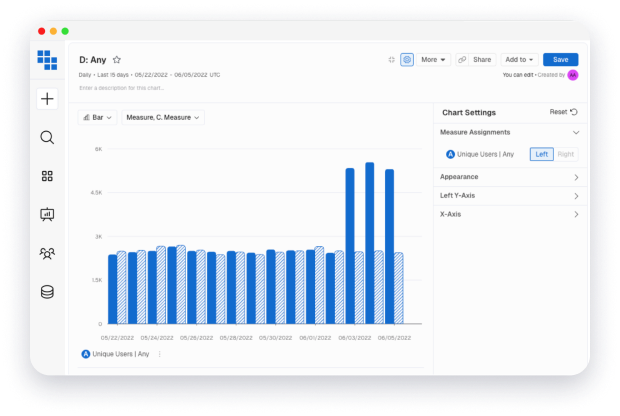
Time-series analysis
Visualize performance over time and drill into key segments. Compare line, stacked bar, or pie views for faster interpretation.
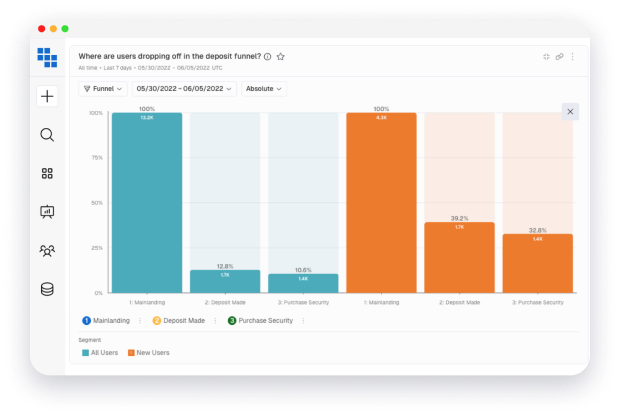
Funnel conversions
See how users progress (or drop off) through product flows. Segment by behavior, channel, or device to identify where friction blocks growth.
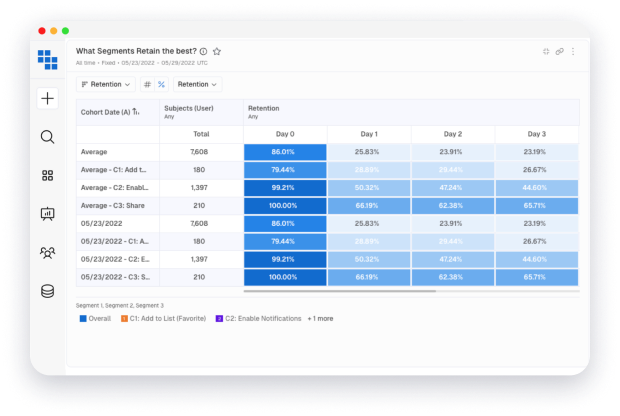
User retention
Model retention curves, usage intervals, and churn risks. Spot what drives loyalty and what signals disengagement.
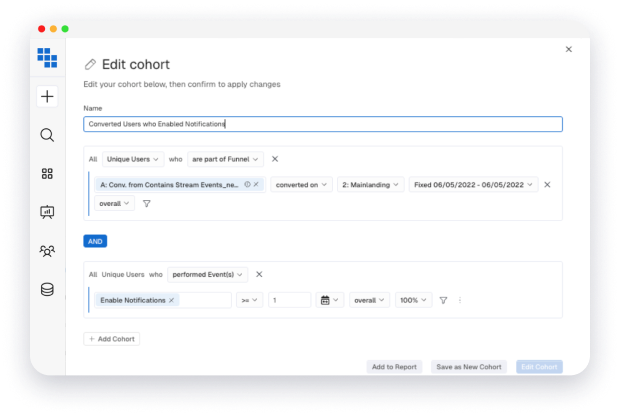
Behavioral cohorts
Define and reuse cohorts on the fly. Compare groups, measure impact, and sync them into external tools for targeting or personalization.

See how Tripletex accelerated insights from hours to minutes, empowering teams with faster decisions and trusted data.
Explore Our Latest Blogs
Read the latest thinking on analytics, AI, and customer growth from the Kubit team.

Trying to run all of your analytics in Tableau is like towing a boat with a bicycle. I love the bike – it’s perfect f...

LOS ALTOS, CA – August 7, 2025 – Kubit, the leading customer journey analytics platform, today announced the launch o...
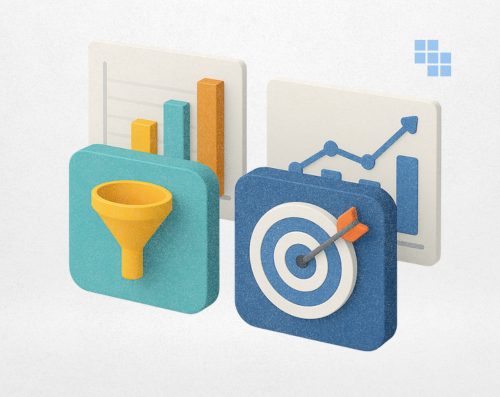
In today’s data-rich enterprise environments, analytics are essential — but not all analytics are created equal. To e...

Designing Products That Adapt to People, Not the Other Way Around Too many products ask users to adapt. They introduc...
See Kubit in action
Discover how Kubit enables you to make faster, data-driven decisions, transforming insights into action directly from your central data warehouse.




